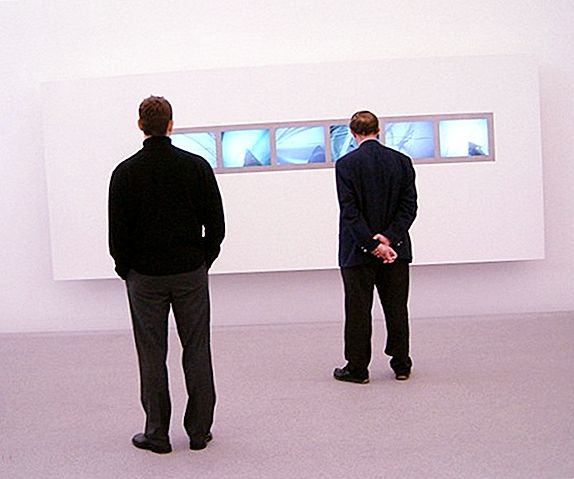The sense of beauty cannot be developed simultaneously. Delicate taste, the ability to notice and perceive beauty develop throughout life. So that this process does not stop, it is necessary to constantly look for the very spiritual food.

Instruction manual
one
The whole process of forming a sense of beauty can be divided into 4 stages. This is the accumulation of impressions, sensory-emotional experience, knowledge and the formation of assessment. Of course, in reality, these stages do not follow strictly one after another, they complement each other. The presence of each of them is necessary in order for a person to learn to see and appreciate the beautiful.
2
First of all, you need to gain aesthetic experience. Read fiction, watch movies, go to concerts, exhibitions and museums, take an interest in cultural monuments, etc. Not all works of art are the embodiment of beauty. They can reflect other categories of aesthetics - ugly, sublime, base, tragic and comic. The perception of all categories in a complex will help you feel the beauty in comparison with other aspects of life. Moreover, only by “tasting” both the terrible and the beautiful, you will learn to distinguish one from the other.
3
A similar “base” of what was read, heard, and seen should be complemented by sensory-emotional experience. At the initial stage, you do not have to analyze the beautiful. But a brief “like / dislike” is no longer enough. Try to focus on your impressions, understand them. After meeting with the beautiful, write down your impressions, specifying exactly what shades of emotions you experienced and in connection with what. This applies not only to works of art. Beautiful can manifest itself in all areas of human life, relate to the material and non-material side of being. By carefully listening to your feelings, you will gradually get used to perceiving reality more sensitively, which means you will be ready to meet the beautiful.
4
To move from emotional perceptions to reasoned assessments, study theory. For starters, the simplest textbooks on art history will suffice. You can find out basic information about all eras, directions, styles. Try to adhere to the chronological order, reading the theory and supplementing it with the study of specific examples. When the basics are mastered, it will be possible to study in depth individual topics that seemed most interesting.
5
With the accumulation of such baggage, you can proceed to its analysis. Professional critics will help you find your way. Their reviews can be found in specialized magazines, in radio and television programs. Try to compare different points of view, agree and argue with them. As a result, you will develop your own point of view. At the next stage, try not to read criticism of a fresh work of art, but first note its pros and cons yourself. Then compare your opinion with expert opinions.
6
Discuss beauty with friends and like-minded people. Go to literary evenings, share your impressions from watched films, find online interest communities.
7
Having felt that you have developed certain ideas about the beautiful, do not confine yourself to them. Follow the news, even in those areas and in the style that you do not like, and try to understand what other people might like about them. So your ideas about the beautiful will be expanded and supplemented.
